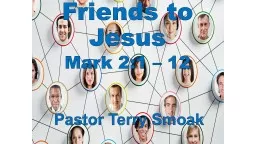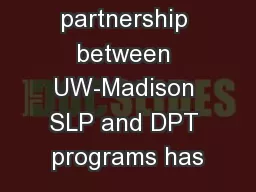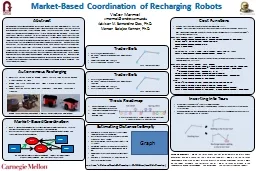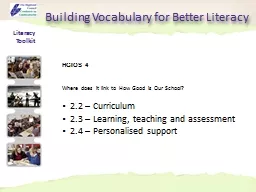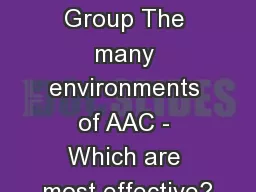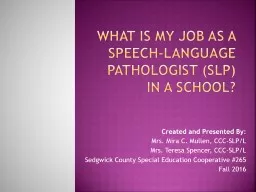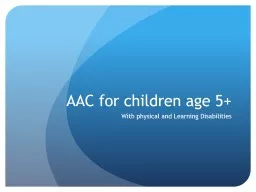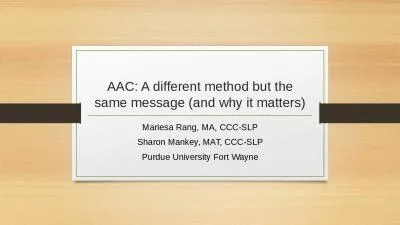PPT-BRINGING LITERACY TO LIFE: RECHARGING THE SLP TOOLKIT FROM ABC TO AAC
Author : jane-oiler | Published Date : 2019-06-29
DOREEN BINNIE MA CCCSLP CAROL SPEARS MA CCCSLP 1 Session Objectives Participants will be able to develop therapy activities that will enhance language skills through
Presentation Embed Code
Download Presentation
Download Presentation The PPT/PDF document "BRINGING LITERACY TO LIFE: RECHARGING TH..." is the property of its rightful owner. Permission is granted to download and print the materials on this website for personal, non-commercial use only, and to display it on your personal computer provided you do not modify the materials and that you retain all copyright notices contained in the materials. By downloading content from our website, you accept the terms of this agreement.
BRINGING LITERACY TO LIFE: RECHARGING THE SLP TOOLKIT FROM ABC TO AAC: Transcript
Download Rules Of Document
"BRINGING LITERACY TO LIFE: RECHARGING THE SLP TOOLKIT FROM ABC TO AAC"The content belongs to its owner. You may download and print it for personal use, without modification, and keep all copyright notices. By downloading, you agree to these terms.
Related Documents




